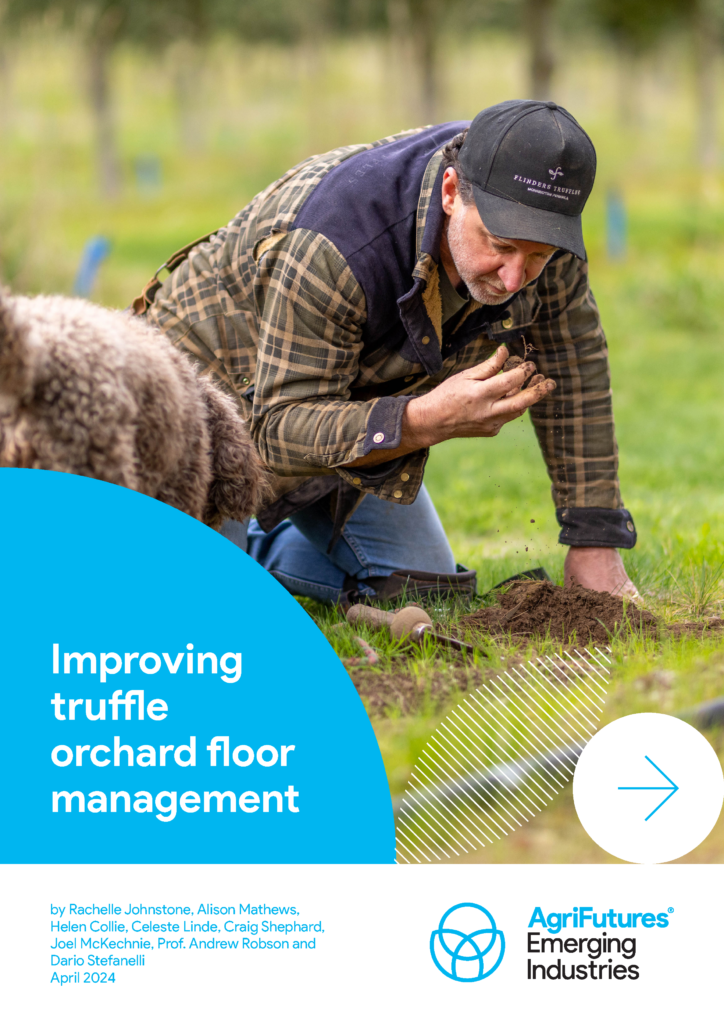Expanding production has positioned Australia as the world’s fourth-largest truffle producer, after France, Italy and Spain. In 2022, favourable growing conditions meant the country produced an estimated 20 tonnes of truffles, worth $12.8-14.8 million at the farm gate. Approximately 80% of Australian truffles are exported to key markets in North America, Europe and Asia, underscoring the industry’s strong export focus.
The Australian truffle industry is increasingly focused on sustainable food production and minimising environmental impact. To support this, there is a growing need to enhance sustainable pest and weed management practices in truffle orchards, known as truffières. Research has identified slugs, slaters and millipedes as significant pests, while weeds can obstruct root growth and the establishment of truffle mycorrhizae, making their management crucial during orchard establishment. Mapping truffle orchards is essential to identifying growth patterns and managing risks effectively.
Within this context, this project explored sustainable orchard floor management strategies to address pest and weed control challenges while preserving Australia’s status as a leading producer of black truffles (Tuber melanosporum). In pest management trials, entomopathogenic fungi and nematodes were largely ineffective against slaters (Armadillidium vulgare and Porcellio scaber), although nematodes were somewhat successful in controlling P. scaber. Weed control methods, such as flame weeding and use of the herbicides Bioweed® and Slasher®, had minimal impact on pests due to their sheltering behaviour. Field trials revealed standard practices, including selective use of the herbicide Basta®, mowing and manual leaf litter removal, were more effective at supressing weeds and more cost-efficient, and did not impact truffle root colonisation or essential soil bacterial diversity.
An integrated approach to pest and weed management that combines cultural, chemical, physical and biological methods is recommended, as this will reduce chemical dependency and maintain environmental sustainability. Guidance on such an approach and the findings of the study have been incorporated into an updated integrated pest and disease management manual and companion field guide for truffle producers.
Additionally, mapping of truffle orchards by the Applied Agricultural Remote Sensing Centre at the University of New England has provided crucial insights into orchard size, production potential and growth trends. This data, accessible via the Australian Tree Crop Map, supports strategic planning, resource allocation and risk management, enabling growers to optimise production and effectively respond to biosecurity threats and natural disasters.





